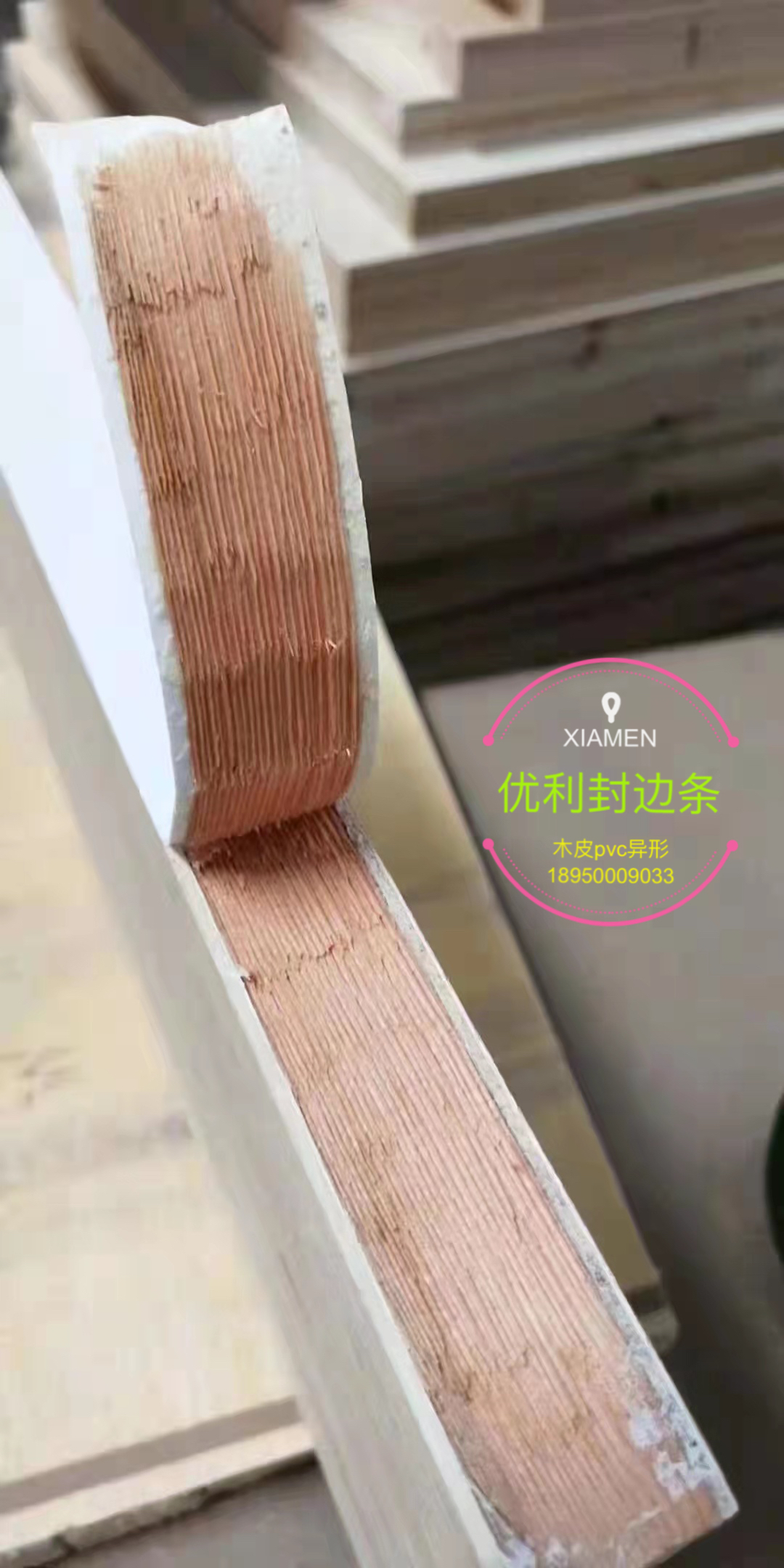The relationship between edge banding and hot melt adhesive
Hot melt adhesive is increasingly used in furniture edge sealing, but there are also many difficulties encountered during use. Below is a specific analysis of the common problems of adhesive bonding with hot melt adhesive for edge sealing:
1、 Edge sealing detachment: Check whether the operation is correct, operate according to the machine operation requirements and the correct parameters of hot melt adhesive; Check if the edge banding machine is functioning properly; Is the back coating of the edge banding normal? If it is a wooden edge banding, check whether it is a multi fat tree species or whether the moisture of the non-woven fabric on the back is qualified; Is the hot melt type suitable; Is there any quality issue with the hot melt solution.

2、 Insufficient edge sealing strength: whether the type of hot melt adhesive used is appropriate; Is the board too fluffy or unqualified, and is the stacking time of the board too long causing too much dust at the ports; Whether the edge banding is contaminated; Whether the back coating of the edge banding is uniform; The temperature of the hot melt adhesive is incorrect, the pressure of the edge banding machine is insufficient, and the operating pressure of the manual edge banding machine relies on manual control, which is particularly prone to the above problems; The operating environment temperature is too low.
3、 Thick glue line: The model used is incorrect. For example, fast glue is used on a slow machine and is not bonded, while hot melt glue has already started to solidify, resulting in loose compression; The precision of sheet metal processing is insufficient, the sawing is not good, and the cutting edge is not straight enough; The edge banding is deformed and not horizontal or curved enough; The pressure wheel of the edge banding machine is worn, and the pressure is uneven up and down, resulting in thick adhesive lines on one side; The pressure of the edge banding machine is insufficient and cannot be tightened. A pressure of 3-5kg/cm2 is required; The amount of glue applied is too large, causing glue to overflow.
4、 Wire drawing contaminated sheet: Poor quality of hot melt adhesive; Improper selection of models, such as using slow glue on high-speed machines, prolonged opening time of hot melt adhesive, and slow drying of glue; The temperature of the hot melt adhesive is too high, or the speed of the edge banding machine is too fast; The amount of glue applied is too large; The quality of the glue roller is poor, and it cannot be evenly coated or adjusted reasonably.
5、 After spraying the paint for a few days after edge sealing, it falls off: the edge sealing has not reached high bonding strength. Check whether the operation is reasonable or whether the quality of the hot melt adhesive is qualified; Spray paint peeling off the wooden veneer, check if there is too much grease on the back of the veneer or if the non-woven fabric (paper) on the back is too wet; Spray paint peeling off the wooden veneer, check whether the pores of the veneer are too large, and whether the solvent of the paint penetrates into the adhesive and damages the adhesive film; The quality of hot melt adhesive does not meet the requirements, and low-temperature adhesive is not suitable for use in such processes; Poor handling during edge sealing results in thick adhesive lines, leading to poor sealing and solvent penetration into the adhesive film, which can damage its strength.
